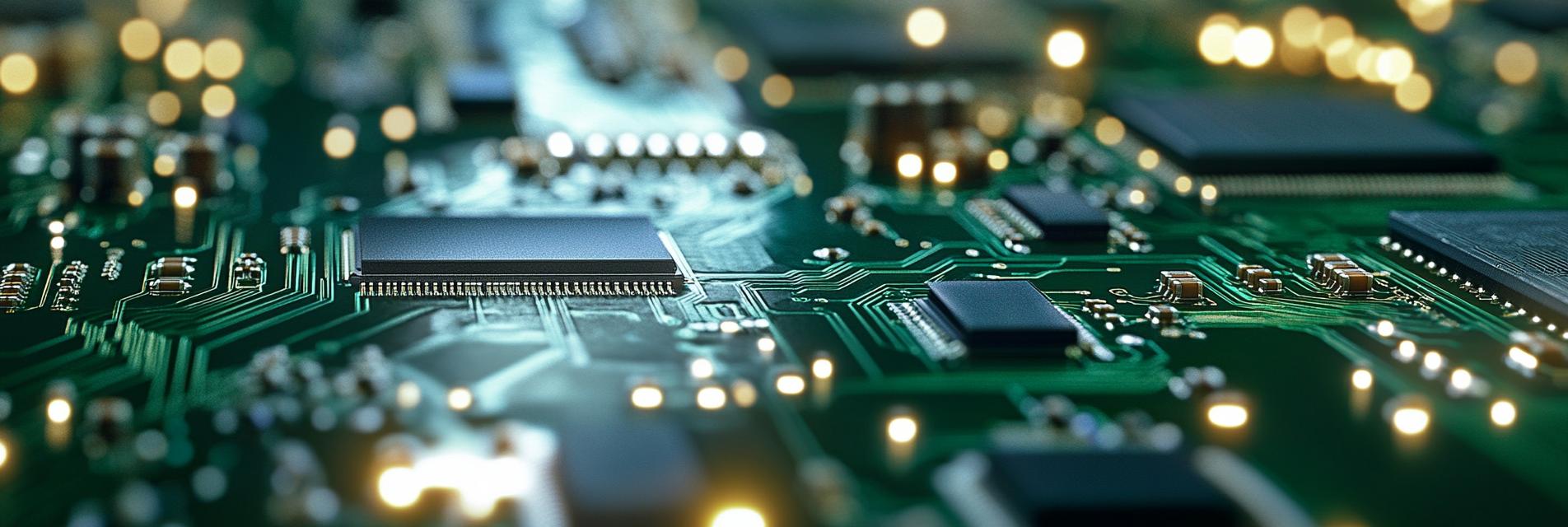As environmental concerns grow, the electronics industry is under pressure to adopt practices that align with sustainability. Eco-friendly circuit boards serve as the cornerstone in developing sustainable electronics. This article outlines crucial design and manufacturing techniques for circuit boards, focusing on how to balance performance with environmental responsibility.
Choosing the right materials is pivotal in eco-friendly circuit board design. Opting for biodegradable substrates or recyclable materials ensures better lifecycle management. Sourcing materials with lower carbon footprints not only reduces environmental impacts but can also enhance the marketability of the electronic products.
Utilizing biodegradable substrates can significantly mitigate waste. These materials naturally decompose over time, thus reducing landfill contributions. Consider integrating options like hemp or organic composites that offer both durability and sustainability.
Incorporating recyclable materials into circuit board design helps in creating a circular economy. Encourage using metals like aluminum and copper, which are widely recycled, embracing practices that support material recovery, thereby minimizing waste and conserving natural resources.
Manufacturing processes can also be optimized to support sustainability. Transitioning towards green technologies and reducing hazardous materials play a vital role in creating eco-friendly circuit boards.
Implementing green manufacturing practices includes reducing energy consumption and using non-toxic materials. Employing renewable energy sources and energy-efficient machinery can drastically lessen environmental impacts.
Innovative production techniques like subtractive manufacturing can help minimize waste by producing only the required amount of material. Adapting just-in-time manufacturing principles can further reduce excess and promote efficient production flows.
Designing eco-friendly circuit boards goes beyond material selection; it encompasses holistic design strategies that prioritize functionality while minimizing environmental impact.
Adopting modular designs allows for easy upgrades and repairs, prolonging the product lifecycle. By designing circuits that can be easily replaced or enhanced, the longevity of products increases, reducing the need for entire replacements.
Incorporating smart technologies can enhance product efficiency and performance. Sensors can optimize power usage, reducing energy consumption and improving the overall eco-friendliness of the electronic device.
Embracing eco-friendly design and manufacturing techniques for circuit boards is essential for the future of sustainable electronics. By prioritizing the use of environmentally responsible materials and innovative production methods, we can significantly reduce ecological impacts while delivering high-quality electronic products. Industries that invest in these practices not only meet regulatory standards but also cater to the growing demand for sustainable solutions.

